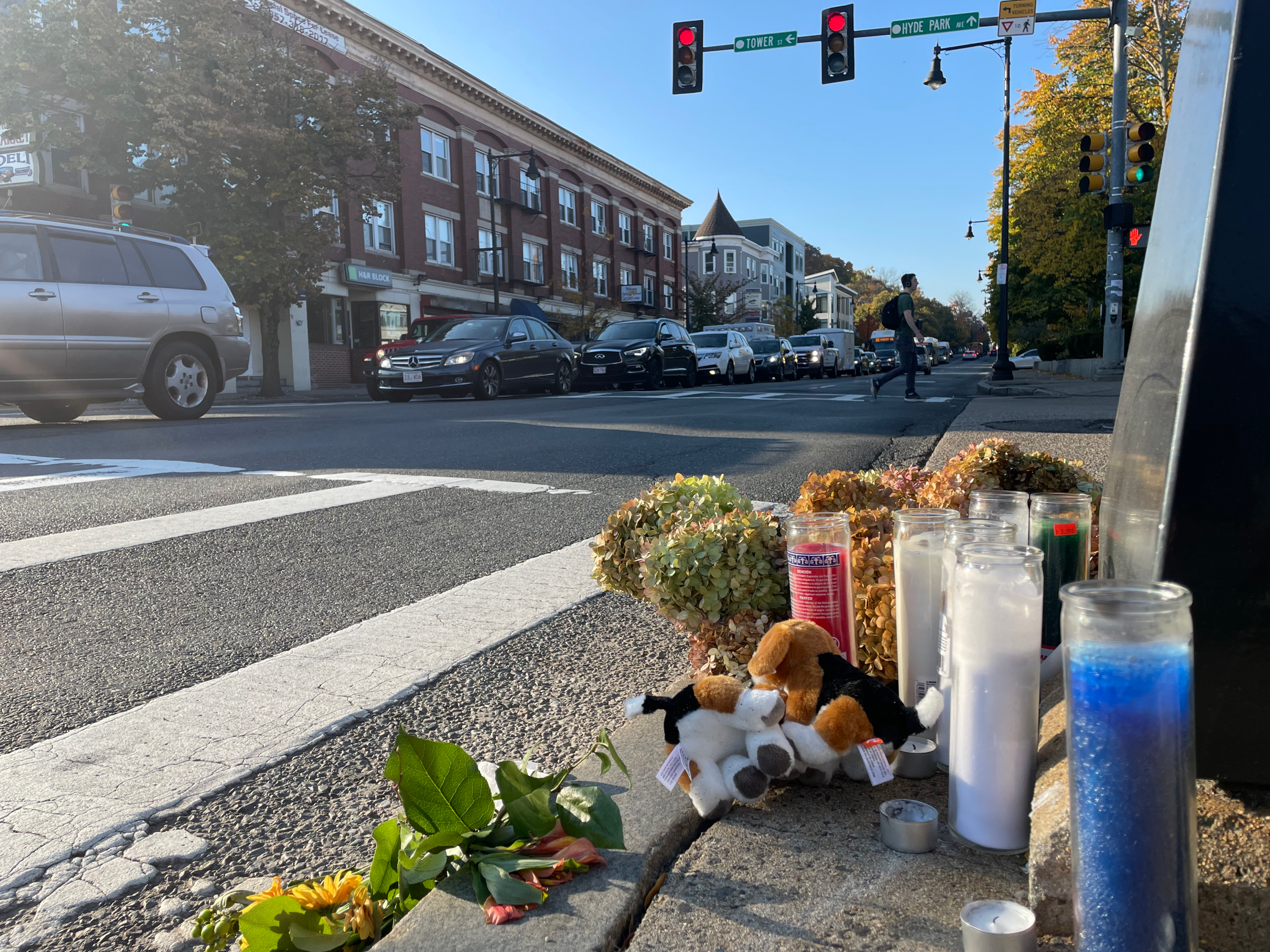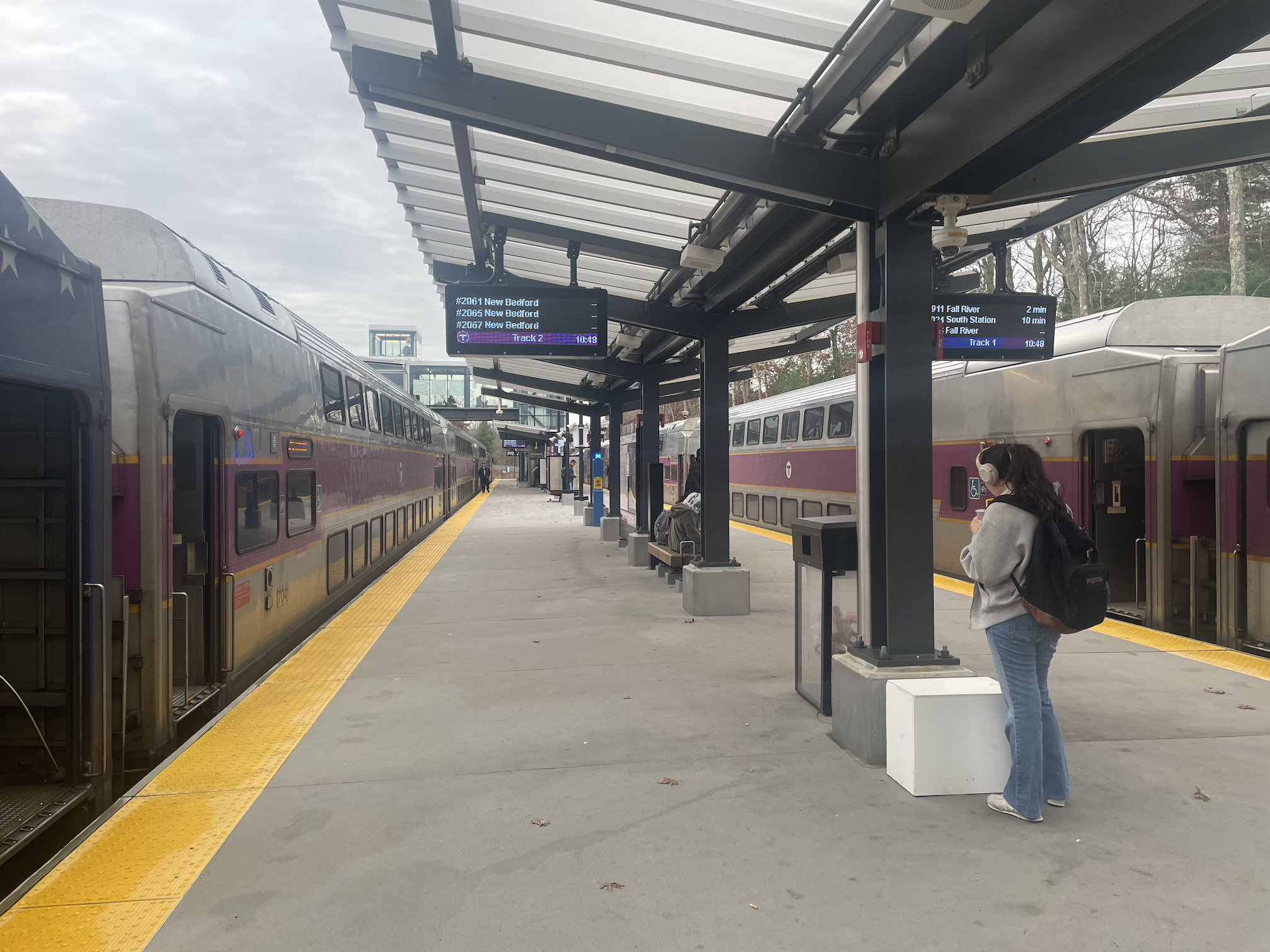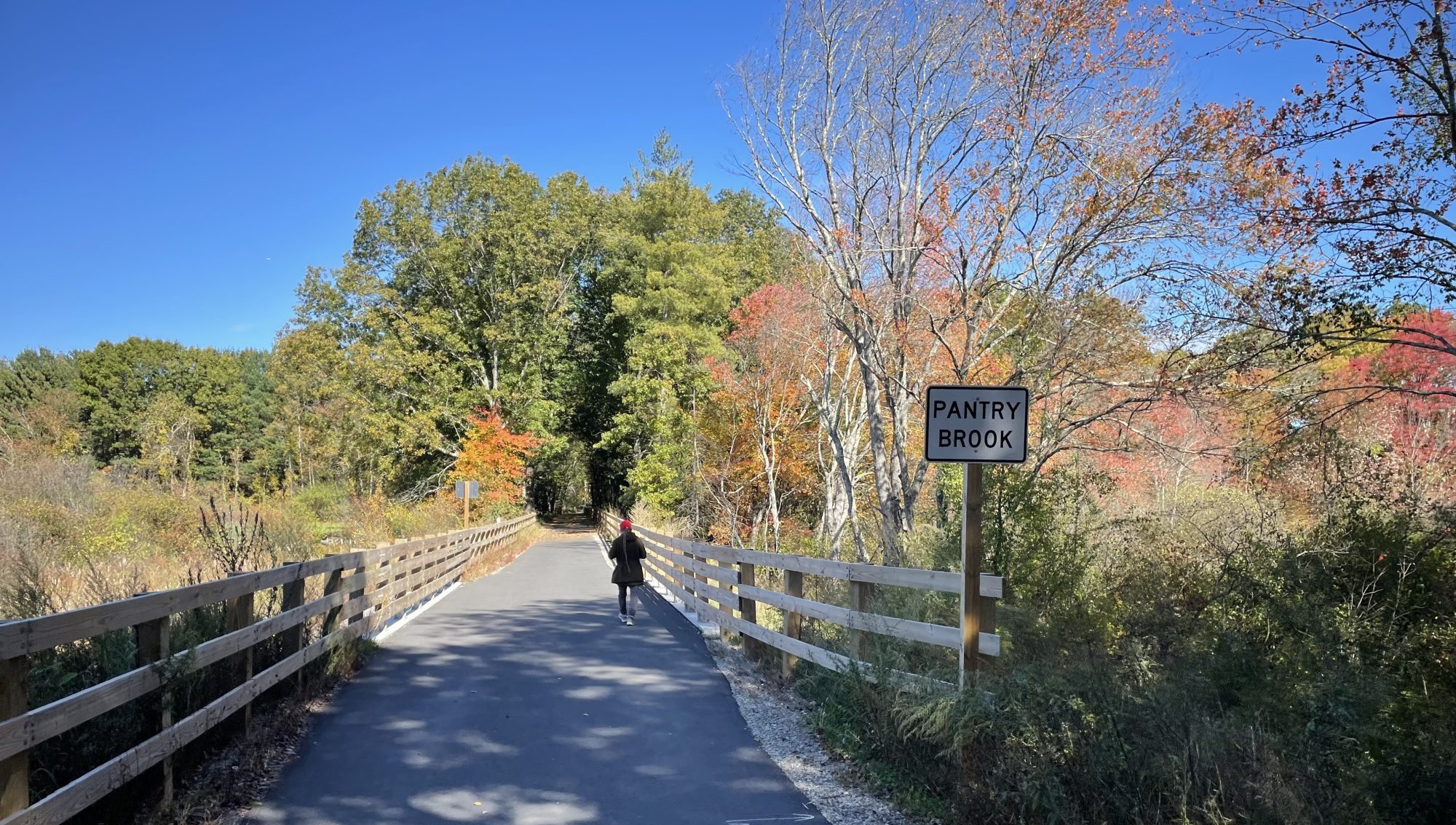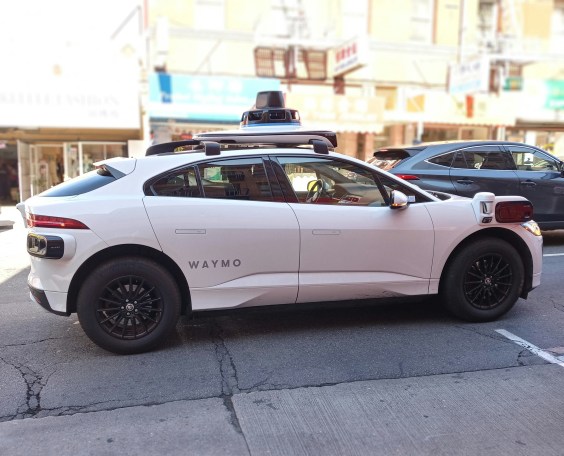City Hall is planning to repave Hyde Park Avenue this fall without implementing any of the safety improvements they've previously proposed for the neighborhood – a decision that has left neighbors fuming, and city councilors demanding more transparency from the administration.
"They stole a bunch of our evenings in meetings," Benjamin Siegel, a Forest Hills resident, told StreetsblogMASS. "I talked with the mayor about this at a one of her neighborhood coffee hours, and she told us to ‘keep on engaging, keep on making your voices heard.’ We did that. We mobilized hundreds of people in our neighborhood to ask for safety improvements, and they ignored us anyway."
At the August 6 Boston City Council meeting, Councilor Benjamin Weber, who represents Roslindale and Jamaica Plain, told his colleagues that there had been “a long planning process for improving Hyde Park Avenue, with very little action.”
Weber and Councilor Enrique Pepén, who represents Hyde Park and Mattapan, introduced a resolution for the city to host another public hearing "to learn from the administration about the status, direction and implementation of the Hyde Park Avenue Multimodal Corridor Project."
“We’re just looking for more answers and next steps," said City Councilor Brian Worrell, whose district also borders part of Hyde Park Avenue.
11 of the City Council's 13 members subsequently endorsed the resolution by adding their names as co-sponsors. The city has not yet scheduled the hearing.
The Wu administration's press office ignored multiple emails and phone calls from StreetsblogMASS requesting a comment on their decisions.
Current street design threatens pedestrians, delays transit riders
In October 2024, an MBTA bus driver struck and killed Forest Hills resident Glenn Inghram in a crosswalk outside of the Forest Hills MBTA station, where Hyde Park Avenue turns into Washington Street.
In the months since then, hundreds of Forest Hills neighbors have convened for multiple marches, petitions, and meetings with city officials to demand the implementation of safer roadway designs that City Hall has been discussing since 2019.
In its current condition, Hyde Park Avenue has four lanes for car traffic alongside one to two lanes of on-street parking. The City of Boston has acknowledged that such multi-lane streets are unsafe, especially for pedestrians in crosswalks.
The segments of Hyde Park Ave. and Washington Street outside the Forest Hills T station are frequently congested, and cause significant delays for the 8,000 daily bus riders on the MBTA's route 32 bus, one of the agency's busiest bus lines.
Both the T and the City of Boston have identified this segment of Hyde Park Avenue as a priority location for bus lanes or transit-priority traffic signals to improve bus service.
After Inghram's killing, officials hosted another public hearing in the neighborhood last December, but to neighbors' frustration, city officials pointedly did not discuss any specific safety improvement concepts at that meeting.
On May 21, the city hosted yet another hearing at the Boston Teachers Union Pilot School, where city officials told residents that an upcoming paving project "gives us an opportunity to make Hyde Park Ave. safer now, while we continue planning for longer-term improvements."
City staff presented two alternative designs for the section of the street between Ukraine Way and the Arborway – one with four lanes, and another with three lanes.
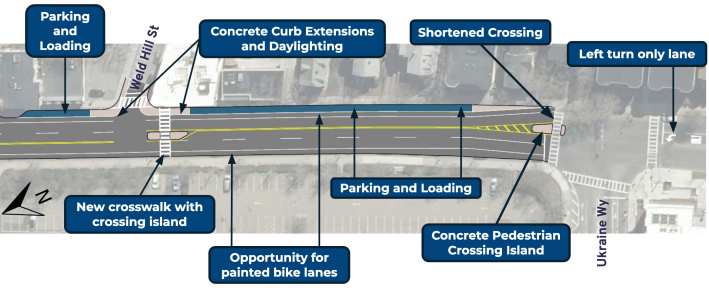
Both alternatives would have installed concrete curb extensions to improve visibility at intersections, and a median pedestrian refuge island at the Ukraine Way intersection.
The three-lane alternative (pictured above) would have also made space for painted bike lanes and an additional crosswalk at Weld Hill Street.
Following that meeting, hundreds of Hyde Park and Forest Hills residents submitted yet another petition to the city to throw their support behind the more ambitious three-lane alternative.
Siegel told StreetsblogMASS that Mohammed Missouri, Mayor Wu's Director of Stakeholder Engagement, reached out earlier this summer to inform him that the city wouldn't move forward with either alternative in this year's repaving project.
"He said they hadn’t done enough stakeholder outreach, and were worried about the impact of traffic," Siegel recalls. "They wouldn’t tell us which stakeholders they needed to hear from. He said, 'look, you just have to be patient.'"
"They’ve been saying this since 2019," Siegel continued. “There have been years of these meetings. The city’s had ample opportunity to do this outreach. So the idea that there’s going to be a magical amount of stakeholder engagement that we're waiting for is ludicrous.”
Councilor Weber, who had also expressed support for the three-lane alternative, was slightly more sympathetic to the administration's position.
"I think there’s a legitimate concern about the impact these changes would have for (car) commuters from Roslindale and Hyde Park," Weber told StreetsblogMASS on Wednesday. "So I don’t think this is a purely political decision, but that’s why we call for a hearing, so we can all talk about it."
“Having driven, walked and biked through that area for 18 years I think it makes sense to make a change," continued Weber. "It would help pedestrians, it would help the businesses; it might not necessarily help drivers, but I don’t think that’s necessarily a reason not to make those changes. It’s been proven that that area is deadly for pedestrians, and a mess for people in cars too, so let’s fix it up.”
Read more StreetsblogMASS coverage of Hyde Park Avenue's safety problems here.
